Adding Cinematic Sizzle to Your Fiction
Get ready for the next online master class to master cinematic technique. See info below the post. Many of us…

Get ready for the next online master class to master cinematic technique. See info below the post. Many of us…
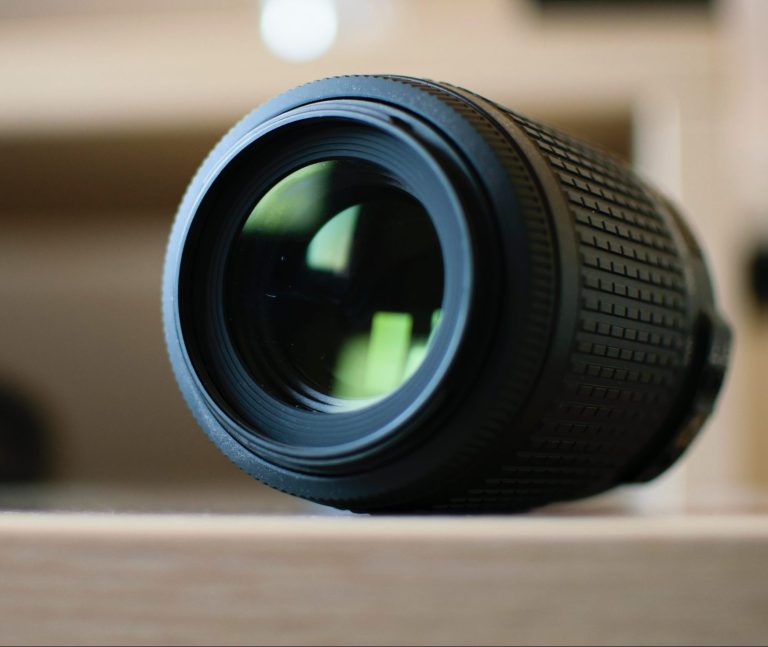
Cinematic technique is rarely, if ever, discussed or taught at writing workshops or by writing instructors, and that’s a problem….
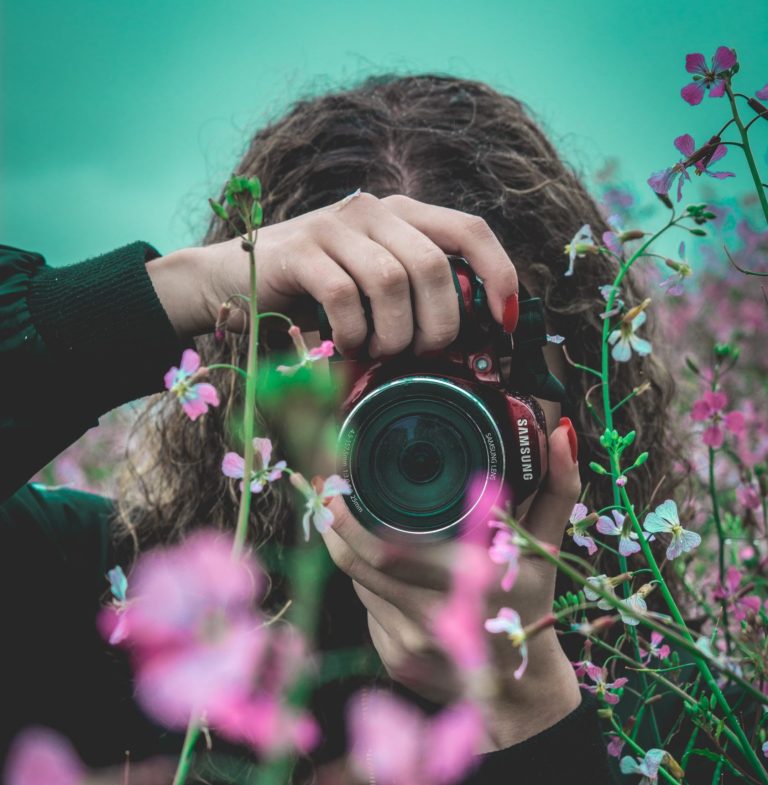
Let’s get to basics on writing fiction. And that’s your setup in the first few pages. Readers will often stop…
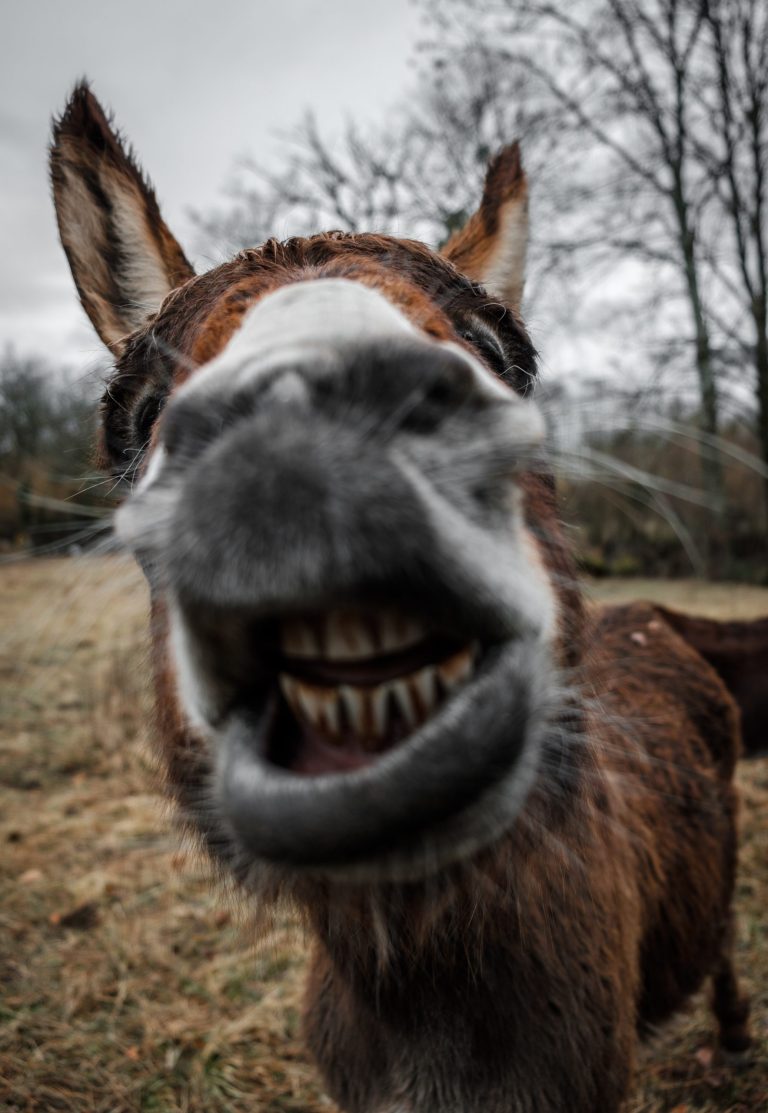
Learning to write cinenatically is essential for fiction writers. By now you should know all about “show, don’t tell.” But…
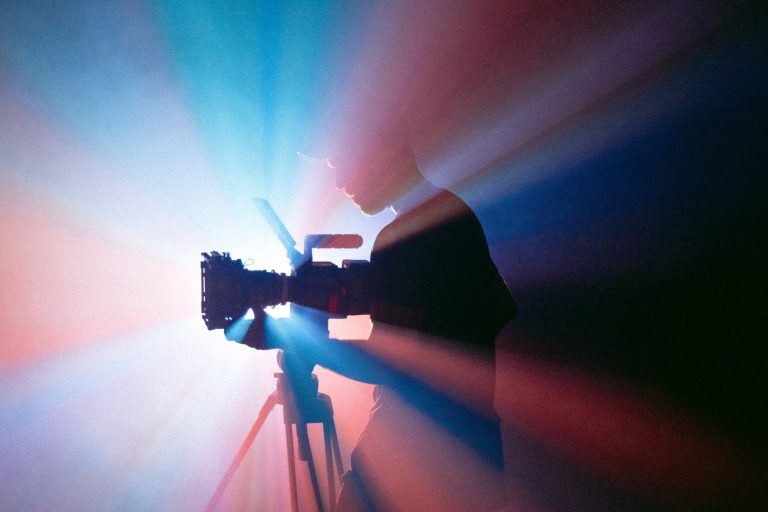
Readers will often stop reading before they finish the first page of your story. While this has always been true,…
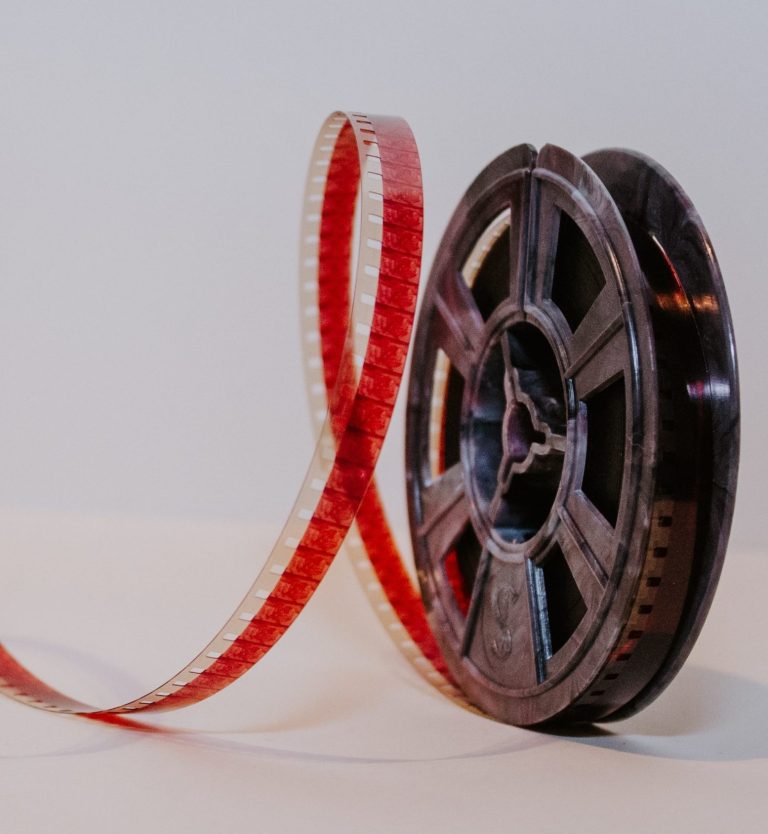
Many of you joined me a couple of years ago on this blog as we strolled through the movie lots…

Today’s post is a reprint from some years back—important technique for anyone writing fiction! Readers will often stop reading before…
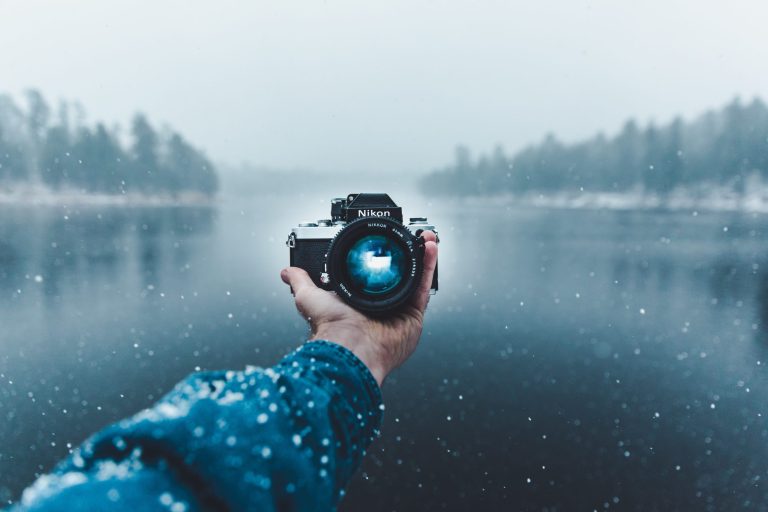
Today’s post is a reprint from 2016. Many of us were raised watching thousands of movies and television shows. The…

The last couple of weeks, I’ve been talking about the importance of mastering how to “show” effectively in your writing….

Subscribe to my email blasts to level up your writing and be notified of upcoming events and offers!
No products in the cart.